

Articles
When Was AC Invented
Modified: March 25, 2024
Discover the fascinating history of air conditioning and learn when this revolutionary technology was invented. Read our informative articles to explore the development and impact of AC.
(Many of the links in this article redirect to a specific reviewed product. Your purchase of these products through affiliate links helps to generate commission for Storables.com, at no extra cost. Learn more)
Introduction
When the scorching heat of summer arrives, most of us turn to our trusty air conditioning units to provide relief and create a comfortable environment. But have you ever wondered when this remarkable invention came into existence? Air conditioning, commonly abbreviated as AC, has become an indispensable part of our lives, revolutionizing the way we live, work, and relax.
As human beings, our ability to adapt to different climates is limited. We seek solace from extreme temperatures, whether it’s seeking shade in the heat or bundling up in the cold. Throughout history, inventors and innovators have strived to bring comfort and convenience to our lives by exploring various methods of cooling. Let us take a journey through time to understand the evolution of air conditioning and appreciate its significance in our lives today.
Key Takeaways:
- The evolution of air conditioning from ancient cooling methods to modern AC systems has revolutionized comfort, productivity, and architectural design, shaping the way we live and interact with our environment.
- While air conditioning has brought immense benefits, the future lies in prioritizing energy efficiency and exploring sustainable cooling solutions to minimize environmental impact and ensure a balance between human comfort and the well-being of our planet.
Read more: When Was HVAC Invented
Early attempts at cooling
The desire to alleviate the discomfort caused by heat is not a recent phenomenon. As far back as ancient Egypt, people developed rudimentary methods to cool their surroundings. Egyptians used wet reeds placed in windows to create evaporative cooling, as the air passing through the reeds was cooled by the evaporation of water.
In ancient Rome, wealthy individuals were known to have water circulated through channels in their walls to cool their homes. They also utilized large fans operated by slaves to create airflow and provide relief from the heat.
Fast forward to the 18th century, and we witness the birth of the industrial revolution and the advancements in technology that followed. In 1758, Benjamin Franklin and John Hadley conducted experiments with evaporative cooling, laying the foundation for future developments in air conditioning.
In the early 19th century, a physician named Dr. John Gorrie took the concept of cooling to a whole new level. He believed that cooling was essential to combat diseases and improve public health. Dr. Gorrie developed a machine that used compressed air to cool buildings, making him a pioneer in the field of mechanical refrigeration.
Despite these early attempts at cooling, true air conditioning as we know it today would not become a reality until the late 19th century.
Invention of the modern AC system
The invention of the modern air conditioning system can be attributed to Willis Carrier, an American engineer, and inventor. In 1902, Carrier developed the first modern electric air conditioning system, which revolutionized the way we control indoor temperature and humidity.
Carrier’s breakthrough came in response to a practical problem faced by a printing company. The humidity in their facility was causing the paper to expand and contract, resulting in printing errors. Carrier’s solution was to create a system that would not only cool the air but also control its moisture content.
His invention, known as the “Apparatus for Treating Air,” utilized a system of coils and fans to circulate air and remove moisture. The air passed over chilled coils, which lowered its temperature and reduced its humidity. This process made it possible to control both the temperature and the humidity of the indoor environment, providing optimum comfort.
The impact of Carrier’s invention was significant and went beyond just maintaining print quality. It opened up new possibilities for various industries. Theaters, department stores, and other public places soon adopted air conditioning to improve customer comfort. It also played a crucial role in the development of industries like food processing, pharmaceuticals, and electronics, where precise temperature and humidity control are essential.
Carrier’s invention marked the birth of the air conditioning industry, and he went on to found the Carrier Corporation, which remains one of the leading companies in the HVAC (Heating, Ventilation, and Air Conditioning) industry.
Development and improvements
Following Willis Carrier’s invention of the modern AC system, there have been continuous advancements and improvements in air conditioning technology. These developments have made air conditioning more efficient, reliable, and environmentally friendly.
One significant milestone in the development of air conditioning was the introduction of the first residential air conditioner in the 1930s. This marked a shift from air conditioning being a luxury reserved for commercial and industrial settings to becoming a feature in households around the world. The availability of residential air conditioning systems brought comfort and relief to countless people, especially during the hot summer months.
Over the years, the focus has been on making air conditioning systems more energy-efficient. With growing concerns about energy consumption and environmental impact, manufacturers have developed systems that minimize energy usage while still providing optimal cooling performance. Innovations such as variable-speed compressors, smart thermostats, and improved insulation have all played a role in enhancing energy efficiency and reducing carbon footprints.
The refrigerants used in air conditioning systems have also undergone significant changes. CFCs (chlorofluorocarbons), once commonly used in AC systems, were found to be harmful to the ozone layer. As a result, stricter regulations were put in place, leading to the phasing out of CFCs and the introduction of more environmentally friendly refrigerants such as HCFCs (hydrochlorofluorocarbons) and HFCs (hydrofluorocarbons). Ongoing research and development continue to explore alternative refrigerants and technologies that have even lower environmental impact.
Other notable advancements in air conditioning technology include the integration of air purification systems, smart home compatibility, and the use of smart sensors and algorithms to optimize cooling efficiency based on occupancy and outdoor conditions. These innovations not only enhance comfort but also contribute to better indoor air quality and energy savings.
As the demand for air conditioning continues to increase, particularly in regions with hot climates, there is ongoing research and development to find more sustainable and energy-efficient solutions. From solar-powered air conditioners to systems that utilize geothermal energy, the focus is on reducing reliance on fossil fuels and minimizing the environmental impact of cooling technologies.
Overall, the development and improvements in air conditioning technology have made it more accessible, efficient, and eco-friendly. With continuous innovation, we can look forward to even more advanced and sustainable solutions in the future.
The first modern electrical air conditioning unit was invented in 1902 by Willis Haviland Carrier. It was designed to control the humidity in a printing plant.
AC systems in residential and commercial use
Air conditioning systems have become an integral part of both residential and commercial settings, providing comfort and improving the quality of life for people around the world.
In residential use, air conditioning has transformed the way we live in hot climates. It allows us to escape the heat and humidity, creating a cool and comfortable environment inside our homes. With the advancements in technology, residential air conditioners now come in various forms, such as window units, split systems, and central systems.
Window air conditioners are a popular choice for individual rooms or small apartments. They are relatively affordable and easy to install, fitting into a window frame and providing cooling for the immediate area.
Split systems, on the other hand, consist of an outdoor unit and one or multiple indoor units. The outdoor unit houses the compressor and condenser, while the indoor units are mounted on walls or ceilings and distribute cool air throughout the room. Split systems are versatile, allowing for zone cooling and giving homeowners more control over individual room temperatures.
For larger homes or buildings, central air conditioning systems are commonly used. These systems cool the entire building by distributing conditioned air through a network of ducts and vents. Central systems are more complex and require professional installation, but they offer the benefit of maintaining consistent temperatures throughout the entire space.
In commercial use, air conditioning plays a vital role in various industries. Offices, retail stores, restaurants, hotels, hospitals, and other commercial establishments rely on air conditioning to create a comfortable environment for employees, customers, and patients.
Commercial air conditioning systems are designed to handle larger spaces and higher cooling loads. They often incorporate advanced controls and zoning capabilities to cater to the specific needs of different areas within the building. Energy management systems may also be implemented to optimize energy usage and reduce operational costs.
In addition to providing comfort, air conditioning in commercial settings is essential for preserving goods and equipment. It helps maintain stable temperatures and humidity levels, ensuring that perishable items, sensitive electronic devices, and other valuable assets are protected from heat and moisture damage.
Overall, whether it is in residential or commercial use, air conditioning systems have become indispensable for creating a comfortable and controlled indoor environment. They allow us to escape extreme temperatures, improve productivity, and enhance the overall well-being of individuals in various settings.
Read more: When Was The Bathtub Invented
Impact of AC on society
The invention and widespread adoption of air conditioning has had a profound impact on society, transforming the way we live, work, and interact with our environment. Here are some key ways in which AC has shaped our society:
1. Improved Comfort: Perhaps the most evident impact of air conditioning is the enhanced comfort it provides. AC systems create a cool and comfortable indoor environment, allowing individuals to escape extreme heat and humidity. This has improved the quality of life, particularly in regions with intense summers, enabling people to live and work in more pleasant conditions.
2. Increased Productivity: Air conditioning has had a significant impact on productivity in various sectors. In office settings, a comfortable working environment can lead to improved concentration, enhanced cognitive function, and higher employee morale. Similarly, in industrial environments, AC systems help regulate temperature and maintain optimal conditions, allowing workers to perform tasks more efficiently and safely.
3. Economic Growth: The widespread adoption of air conditioning has led to the growth of industries such as tourism, entertainment, and hospitality. Regions that were previously avoided due to extreme weather conditions now attract visitors and investors, boosting economic development and contributing to job creation.
4. Advancements in Technology: The development of air conditioning technology has spurred advancements in related fields. HVAC engineering, refrigeration, and thermodynamics have seen significant progress as researchers and engineers strive to improve energy efficiency and environmental sustainability. This progress has also led to the development of smart home technologies and energy management systems.
5. Health Benefits: Air conditioning not only provides comfort, but it also offers health benefits. AC systems help filter out pollen, dust, and other allergens, improving indoor air quality and reducing the risk of respiratory problems. In medical settings, air conditioning plays a crucial role in maintaining sterile environments, preventing the spread of infections, and preserving the integrity of medicines and medical equipment.
6. Changing Architectural Design: The availability of air conditioning has influenced architectural design. Buildings are now designed with features such as large windows, atriums, and open concepts, knowing that AC systems can effectively regulate indoor temperatures. This shift in design has not only improved aesthetics but also created more functional and comfortable spaces.
7. Energy Consumption and Environmental Impact: While air conditioning has undoubtedly brought numerous benefits, it also presents challenges in terms of energy consumption and environmental impact. The demand for cooling has led to increased energy usage, contributing to higher greenhouse gas emissions and climate change. However, advancements in technology aim to address these concerns, with a focus on designing energy-efficient systems and exploring more sustainable cooling solutions.
Overall, air conditioning has had a far-reaching impact on society, improving comfort, productivity, and health in various sectors. As we navigate the challenges of energy consumption and environmental sustainability, the future of AC lies in continued innovation and responsible usage to ensure a balance between human comfort and the well-being of our planet.
Conclusion
Air conditioning, a remarkable invention that has come a long way since its early roots, has become an essential part of our lives. From ancient attempts at cooling to the invention of the modern AC system, its evolution has transformed the way we live, work, and interact with our environment.
Willis Carrier’s invention of the first modern AC system marked a turning point in history, introducing the concept of controlling indoor temperature and humidity. Since then, air conditioning technology has continued to evolve, with a focus on energy efficiency, environmental sustainability, and improved comfort.
AC systems are now widely used in both residential and commercial settings. They provide comfort and relief from extreme temperatures, improve productivity, and have contributed to economic growth in various sectors. The impact of air conditioning extends beyond physical comfort, influencing architectural design, technological advancements, and even health benefits.
However, the increased demand for air conditioning has also raised concerns about energy consumption and environmental impact. As we move forward, it is crucial to prioritize energy-efficient systems and explore sustainable cooling solutions to reduce our carbon footprint.
In conclusion, air conditioning has had a profound impact on society, offering enhanced comfort, improving productivity, and shaping architectural design. Its continued development and responsible usage will be crucial as we strive to strike a balance between human comfort and environmental sustainability.
Frequently Asked Questions about When Was AC Invented
Was this page helpful?
At Storables.com, we guarantee accurate and reliable information. Our content, validated by Expert Board Contributors, is crafted following stringent Editorial Policies. We're committed to providing you with well-researched, expert-backed insights for all your informational needs.


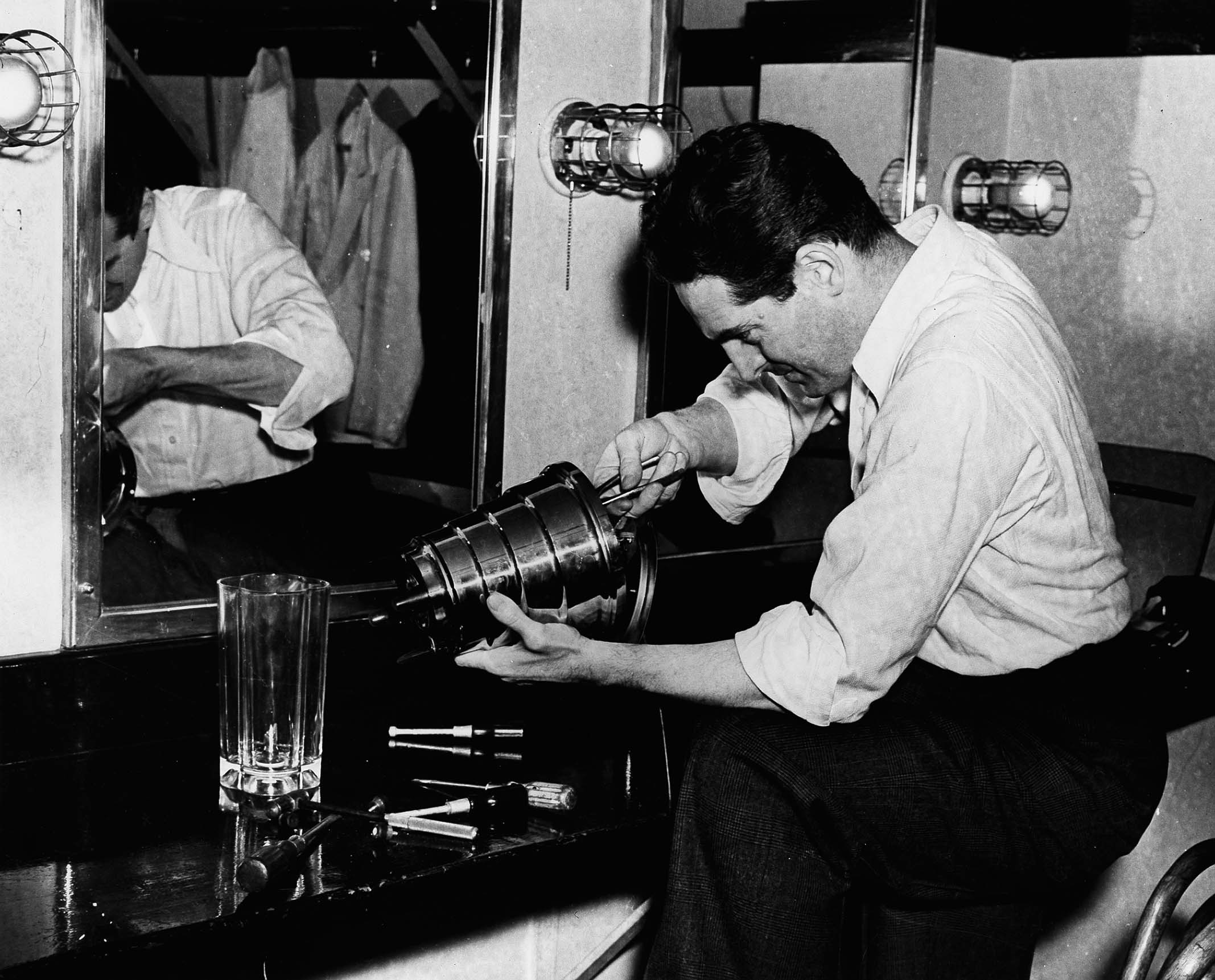
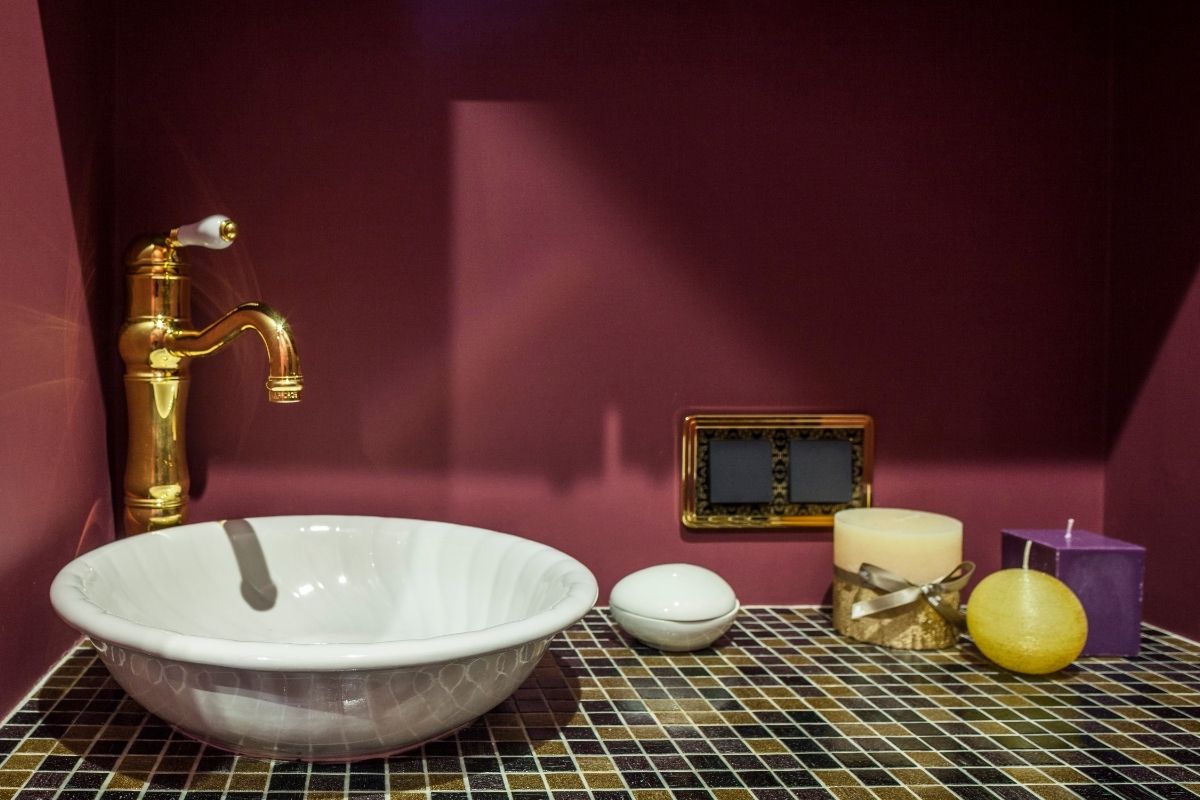

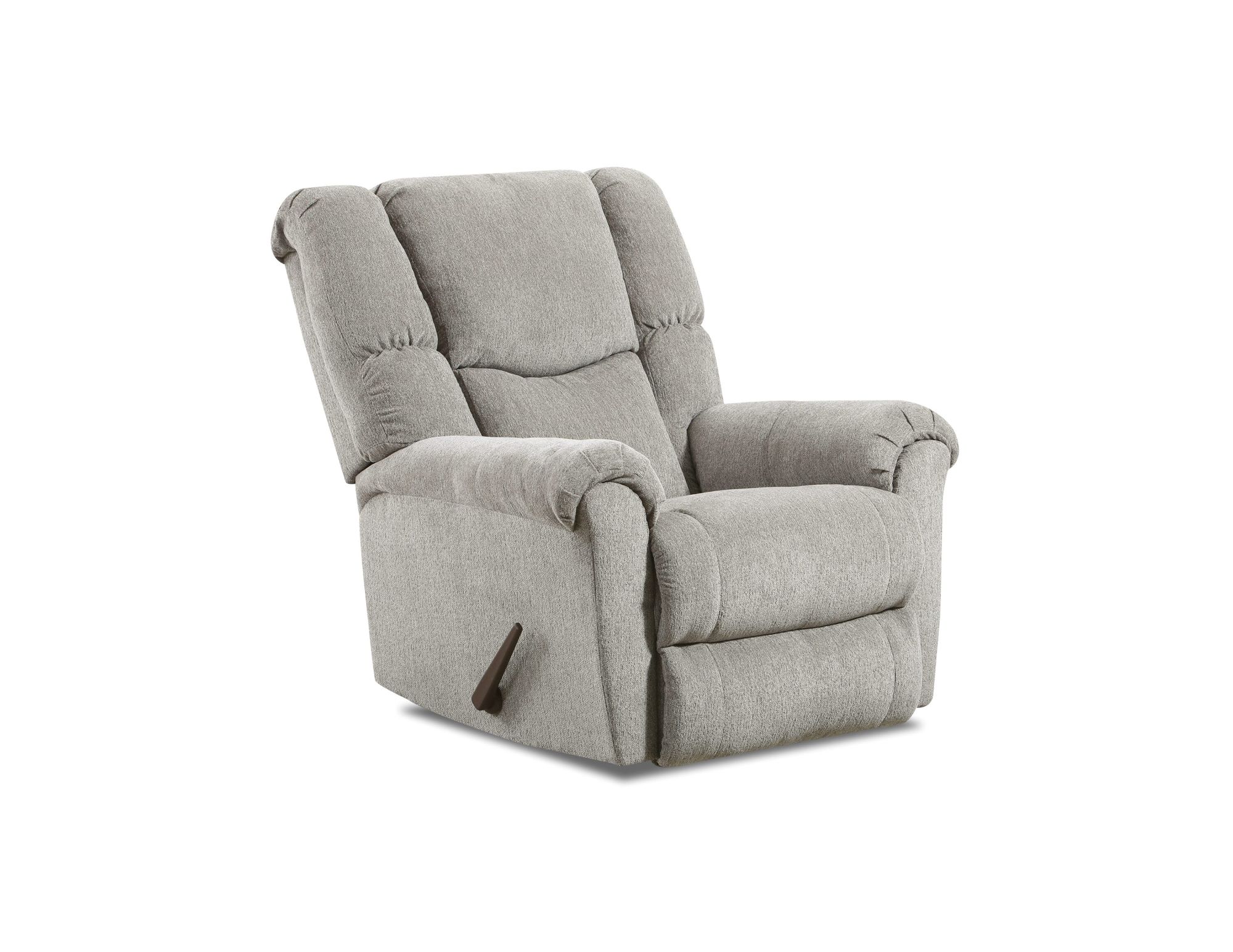

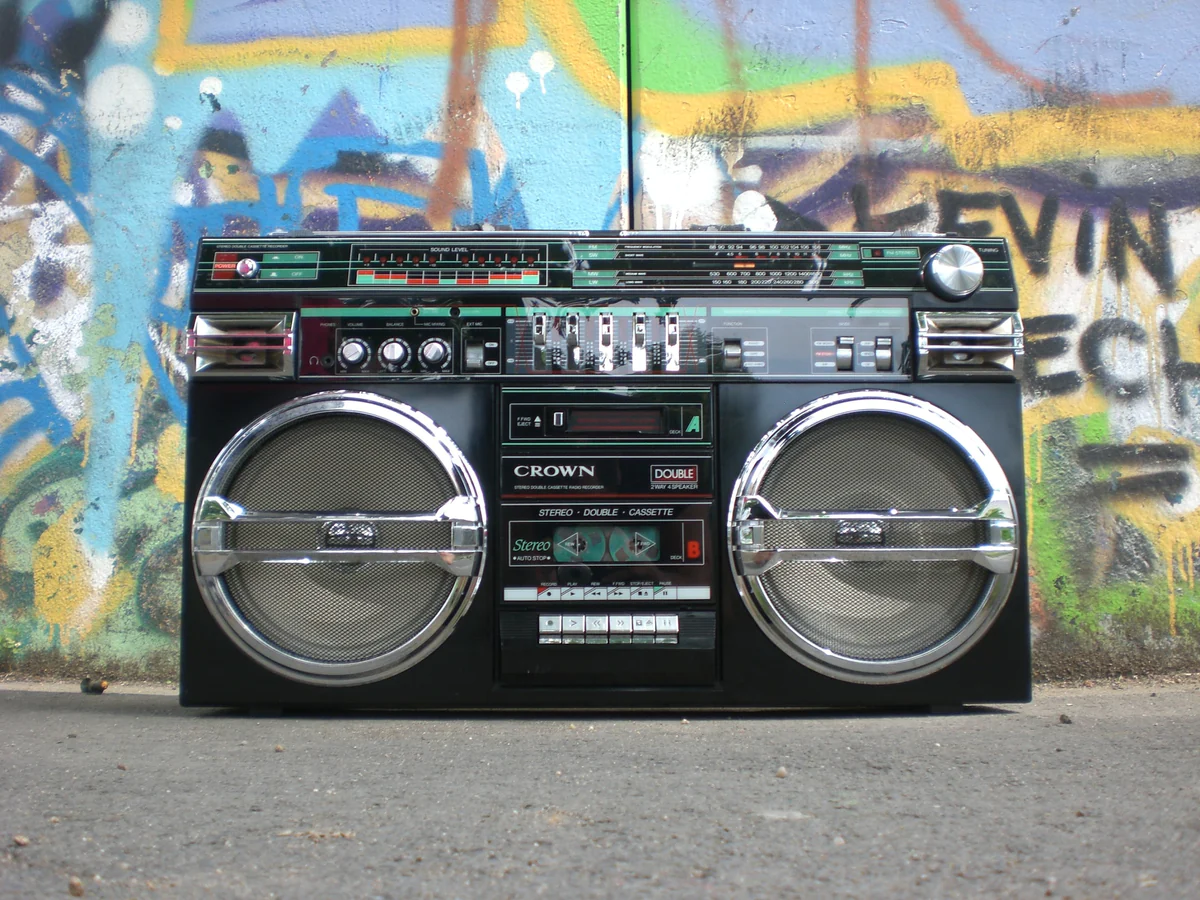


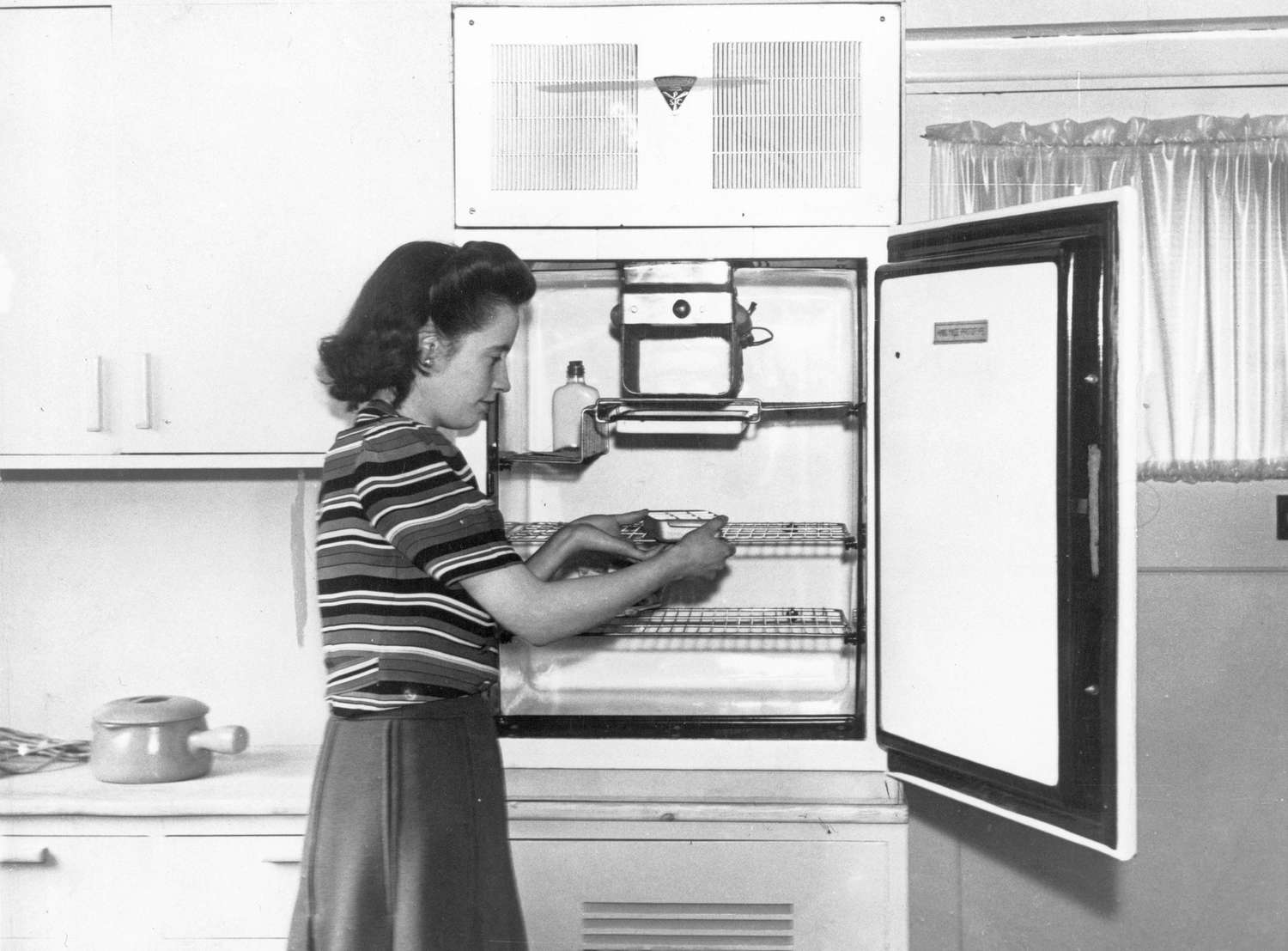

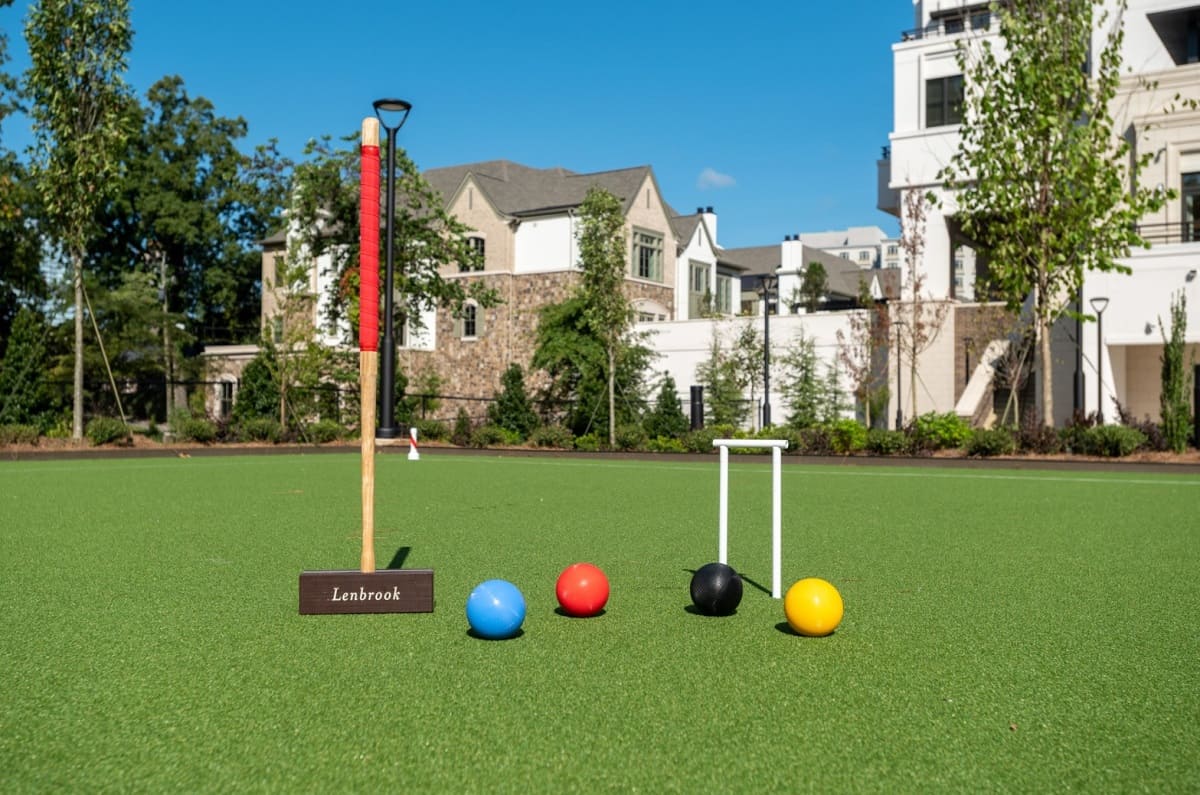
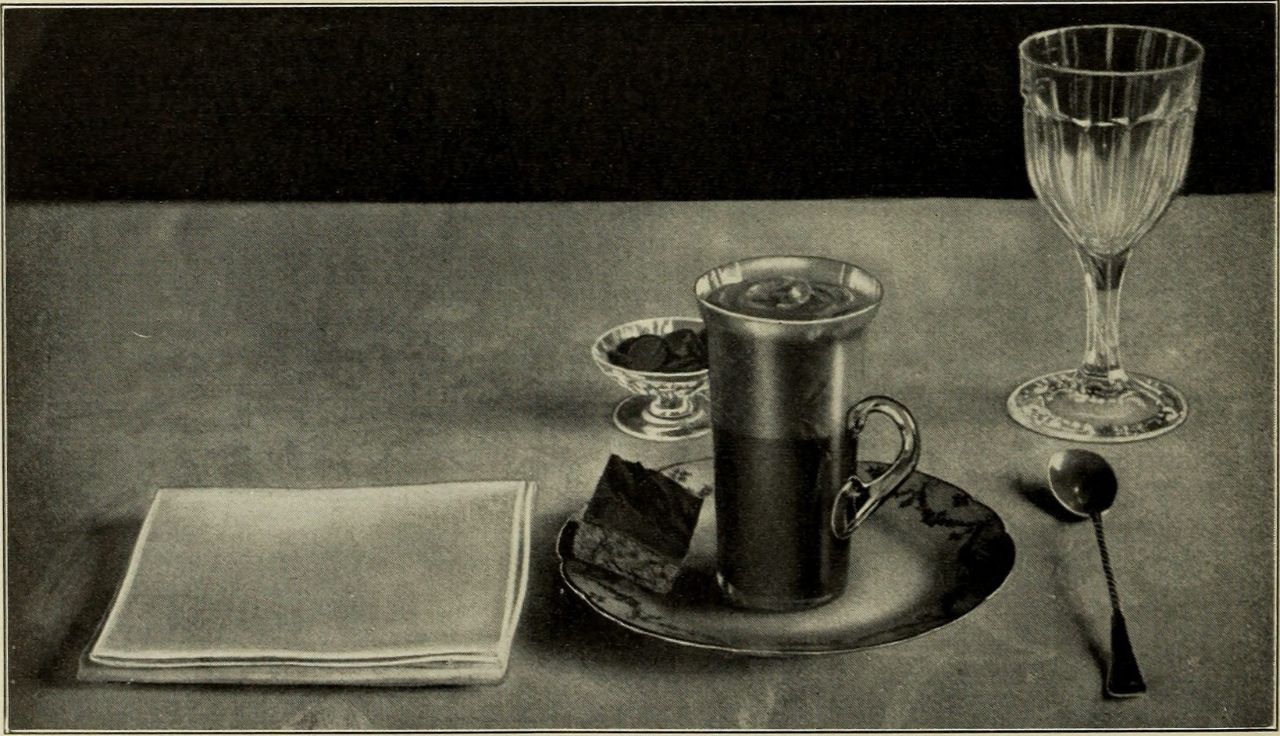

0 thoughts on “When Was AC Invented”